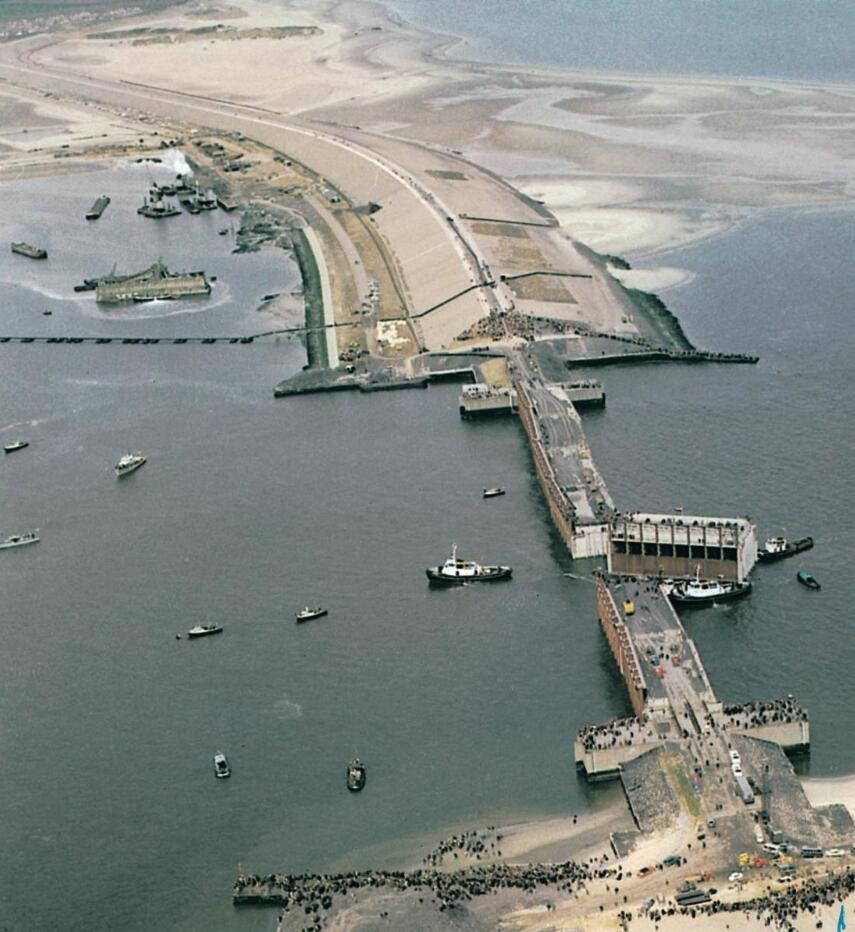According to extrareference, the town in Apulia, built on two hills in the 17th century, is known for its characteristic trulli. Of the peculiar conical buildings with their mortarless roofs, there are still over 1000 in the city and around 400 in the vicinity.
Trulli by Alberobello: facts
| Official title: | Trulli (round buildings) by Alberobello |
| Cultural monument: | City located on two hills with over 1000 trulli in Rione Monti and 400 trulli in Aia Piccola, buildings with conical roofs that were erected as projecting false vaults, including the church of San Antonio with elements of the Apulian neo-Romanesque and the trulli construction together with an 18.9 m high bell tower |
| Continent: | Europe |
| Country: | Italy, Apulia |
| Location: | Alberobello, northwest of Taranto (Tarento) |
| Appointment: | 1996 |
| Meaning: | remarkable historical example of mortarless construction technology |
Trulli of Alberobello: history
| 17th century | Founded under Gian Girolamo III, Count of Conversano |
| 1797 | under King Ferdinand IV. granting of “building freedom”, d. H. Use of mortar in house construction; Construction of the “House of Love” |
| 1808-15 | under the French Marshal Joachim Murat (1767-1815), as Gioacchino King of Naples, recognition as a city |
Igloos under the scorching sun
Far away from ice and snow and yet archaic and pure white like the Eskimo igloos – this is how the Trulli present themselves. As conical structures they stand under the scorching sun of the south, isolated in the fields of Apulia, massed in the architectural city structure of Alberobello – visible to everyone and yet full of secrets. An old travel guide tried to lure visitors to the foothills of the Murge limestone plateau. And they came to be captivated by the peculiarity of these cone structures. In moderation at first, in masses today. More visitors than ever are drawn to the Trulli region between Bari and Brindisi in summer. You move into cozy guest rooms in the Trulli Hotel, dine in style in the trulli restaurant and go to church services in the trulli church, modern buildings in old architectural forms, replicas of what once served the farmers as a dwelling, stable or shed. Regardless of the concessions to modernity, the whitewashed round buildings have lost none of their magical attraction. Their origins are in the dark; perhaps they are “fossils” from the prehistoric megalithic culture, like the still shrouded in mystery nuraghi, the stone towers of Sardinia, which are also ennobled as world heritage. The architectural form of the trulli is certainly as ancient as the dwelling of the earth dwellers who mastered the leap from hunter to farmer. They formed the round hut, which comes as close to the living and protection needs of humans as the tent.
There were many stones and little bread, not only for the residents of the land of the Bible, but also for the farmers in the fields of the Murgia, who struggled to wrest some grain or wine from the rocky ground. With their heads bowed and almost kneeling, they collected the yellowish chunks of Apulian limestone from the thin layer of earth in the recurring rhythm of the cultivation, layered them on small walls to be protected and piled them into shelters for people and cattle. They lined up in a circle, stone by stone, layered layer upon layer of thick walls and formed false domes above them through stone piled up in steps. The outwardly protruding edges were chipped off to form the cone. Ornaments visible from afar shone above the gables of the doors, symbols to be interpreted in early religious terms, Signs for the gods to keep evil away. What emerged were miracles of statics, the massive walls of which protected from heat and cold. Apulia’s poor arable population had created their “modus vivendi” to defy the ruggedness of the barren land.
In the course of time, the “Casale” standing lonely in the fields formed into groups or trulli that had grown together in pairs, forming manors, so-called “Masserie”. The primitive and unspoilt architecture found more refined shapes: the round room was replaced by the square one. Spacious residential complexes grew under the roof landscapes with their pointed cones. A few hundred buildings, as if conjured up in the landscape by a magician at the interface between Orient and Occident in One Thousand and One Nights, form the core of the town of Alberobello. Lime white trulli line up like pearls in the steep alleys of the old town, which contrasts sharply with the modern parts of the country town. Saint Antonio rises from the listed sea of trulli, the house of God built in 1926 in the ancient style. The »trullo sovrano«, the only building with two floors, also protrudes. From the nearby Adriatic and Ionian Seas, holidaymakers make the summer pilgrimage up to the Mecca of Trulli to marvel at the aesthetically beautiful and wondrous cityscape over which the magic of the Orient seems to lie.




